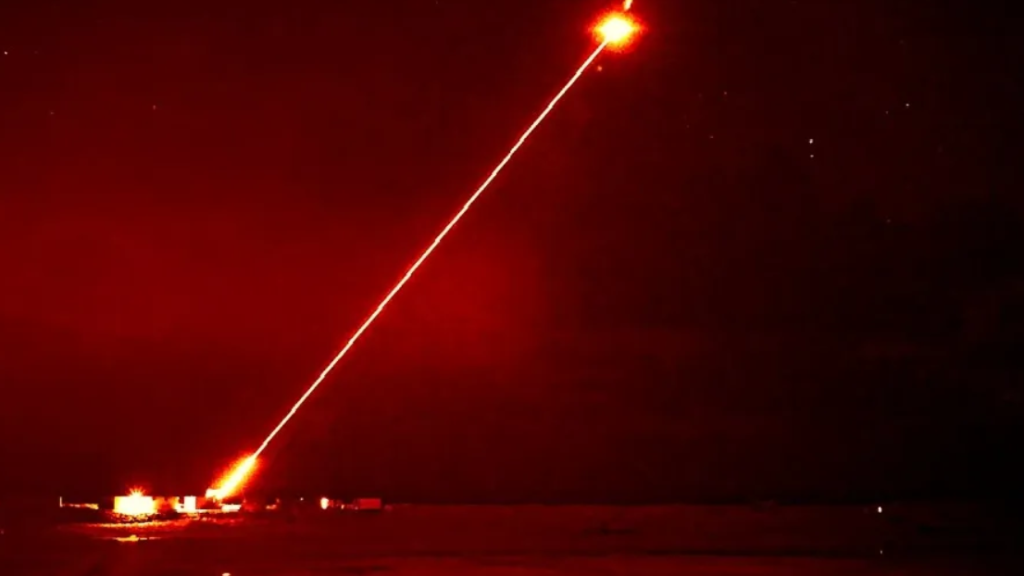A Chinese laser has successfully hit a satellite 130,000 kilometers away.
Others are reading now
Imagine aiming at a strand of hair from 10 kilometers away—and hitting it.
Now imagine doing that in space, with a laser, from 130,000 kilometers away.
That’s exactly what researchers at the Chinese Academy of Sciences have just accomplished, and it could change everything we know about space communication and propulsion.
For the first time, a powerful infrared laser fired from Earth has successfully struck a satellite orbiting the Moon, piercing through daylight interference to deliver a beam that was then reflected back to Earth in under a second.
Also read
The feat was tracked by a telescope in Yunnan, southwestern China.
The satellite in question, Tiandu-1, served as the target in this groundbreaking experiment.
According to the research team in a press release, the accuracy of the laser beam—despite intense sunlight—is like finding a needle in a cosmic haystack.
Goodbye Radio
Current space communication systems rely on radio waves, but they’re slow and bandwidth-limited.
Lasers, on the other hand, can transmit data up to 100 times faster—and with significantly more stability and precision.
This isn’t just about streaming higher-resolution images from Mars.
If perfected, laser-based communication could allow for real-time coordination between Earth and future lunar or Martian bases, high-speed data dumps from deep space missions, and even remote piloting of robotic vehicles across vast distances.
Even more exciting? Lasers might not only send messages—they might one day send power.
Lasers as Engines
The success of laser targeting in space has implications far beyond communication.
The next frontier could be laser-powered space travel, and scientists are already exploring three futuristic propulsion methods:
- Laser-heated hydrogen propulsion
A focused laser heats hydrogen in a spacecraft’s engine, causing it to expand rapidly and shoot through a nozzle—propelling the craft forward. No onboard fuel tanks needed. - Laser-powered ion drives
Lasers power solar panels, which drive ion engines—systems that shoot charged particles at incredible speeds. Lightweight and efficient, they’re already in experimental use. - Laser-pushed solar sails
Large reflective sails catch the pressure of laser beams like wind in a sailboat. Over time, these crafts could reach astonishing speeds—possibly even enabling interstellar missions.
Cracking the Daylight Barrier
Until now, one of the biggest challenges in space-based laser systems was sunlight interference.
The brightness of the Sun often drowned out laser signals, making precise targeting and reliable communication difficult.
But this experiment has shattered that limitation: the laser worked flawlessly in daylight.
This opens the door to near-constant laser communication windows, improving not just performance, but also the feasibility of round-the-clock data transfer and spacecraft tracking.


